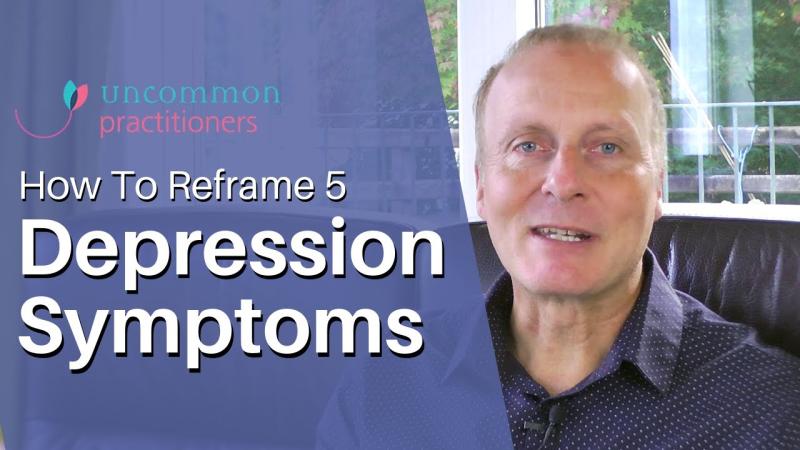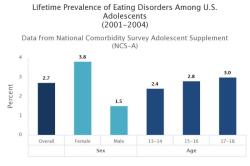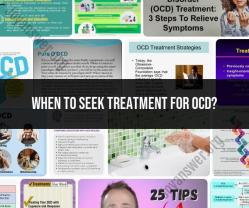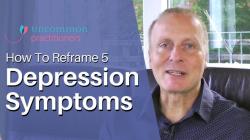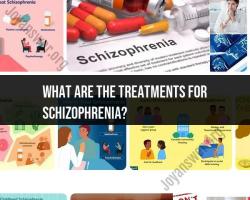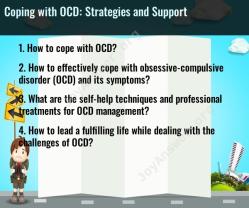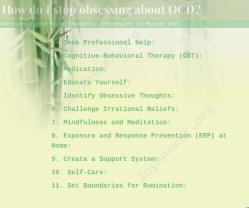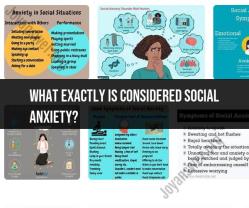How common is depression CDC?
Depression is a widespread mental health condition that affects millions of people worldwide. The Centers for Disease Control and Prevention (CDC) in the United States provides valuable insights into the prevalence of depression. Here are some key points from the CDC regarding the prevalence of depression:
Major Depressive Disorder (MDD): According to the CDC, major depressive disorder is one of the most common mental health conditions in the United States. It affects approximately 17.3 million adults aged 18 or older, which represents about 7.1% of the U.S. adult population.
Youth Depression: Depression can also affect children and adolescents. The CDC reports that about 3.2% of children aged 3 to 17 years (approximately 1.9 million) have been diagnosed with depression.
Prevalence Disparities: Depression can impact people from all walks of life, but certain demographic groups may be more vulnerable. The CDC notes that depression prevalence varies by age, race, ethnicity, gender, and socioeconomic status.
Impact on Health and Well-being: Depression is not only emotionally distressing but can also have significant impacts on physical health and overall well-being. It can interfere with daily functioning, relationships, work or school performance, and quality of life if left untreated.
Public Health Importance: Given its prevalence and impact, depression is recognized as a significant public health concern. The CDC and other organizations advocate for increased awareness, access to mental health services, and strategies to prevent and treat depression effectively.
Data Sources and Surveillance: The CDC gathers data on depression prevalence through various sources, including national surveys, research studies, and surveillance systems. These data help inform public health efforts and interventions aimed at addressing depression and improving mental health outcomes.
It's important to note that the figures provided by the CDC represent diagnosed cases of depression and may not capture individuals who experience symptoms but have not sought or received a formal diagnosis. Additionally, depression is a complex and multifaceted condition influenced by various biological, psychological, and environmental factors. If you or someone you know is experiencing symptoms of depression, it's essential to seek support from a healthcare professional or mental health provider.
Depression Prevalence and Statistics in the US (as of February 16, 2024):
1. Prevalence:
According to the Centers for Disease Control and Prevention (CDC), the age-standardized prevalence of depression among adults aged 18 and older in the United States is 18.5%. This means that, based on 2020 data, roughly 1 in 5 adults will experience depression at some point in their lives.
2. Latest Statistics:
Here are some key statistics on depression from the CDC:
- Age Groups: Prevalence is highest among young adults aged 18-24 (21.5%) and lowest among those 65 and older (14.2%).
- Gender: Women (23.2%) experience depression at almost twice the rate of men (13.1%).
- Race/Ethnicity: Non-Hispanic Black adults (23.6%) have the highest prevalence, followed by Hispanic adults (19.3%) and non-Hispanic White adults (16.6%).
- Other Factors: Depression disproportionately affects people with chronic health conditions, disabilities, and low socioeconomic status.
3. Demographic Factors:
Several demographic factors contribute to the prevalence of depression:
- Age: Younger adults are at higher risk, likely due to life transitions and pressures.
- Gender: Women are more likely to experience depression, possibly due to hormonal fluctuations and societal expectations.
- Race/Ethnicity: Racial and ethnic minorities face additional stressors like discrimination, which can contribute to depression.
- Socioeconomic Status: Poverty, unemployment, and lack of access to healthcare can increase the risk of depression.
- Life Experiences: Trauma, loss, and major life changes can trigger depressive episodes.
- Genetics: Some individuals have a genetic predisposition to depression, making them more vulnerable.
Remember: These statistics paint a general picture, but individual experiences vary greatly. If you or someone you know is struggling with depression, please seek professional help. You can find resources on the CDC website or by calling the National Suicide Prevention Lifeline at 988.
Additional Resources:
- CDC: https://www.cdc.gov/nchs/fastats/depression.htm
- National Suicide Prevention Lifeline: https://suicidepreventionlifeline.org/
- National Alliance on Mental Illness (NAMI): https://www.nami.org/
